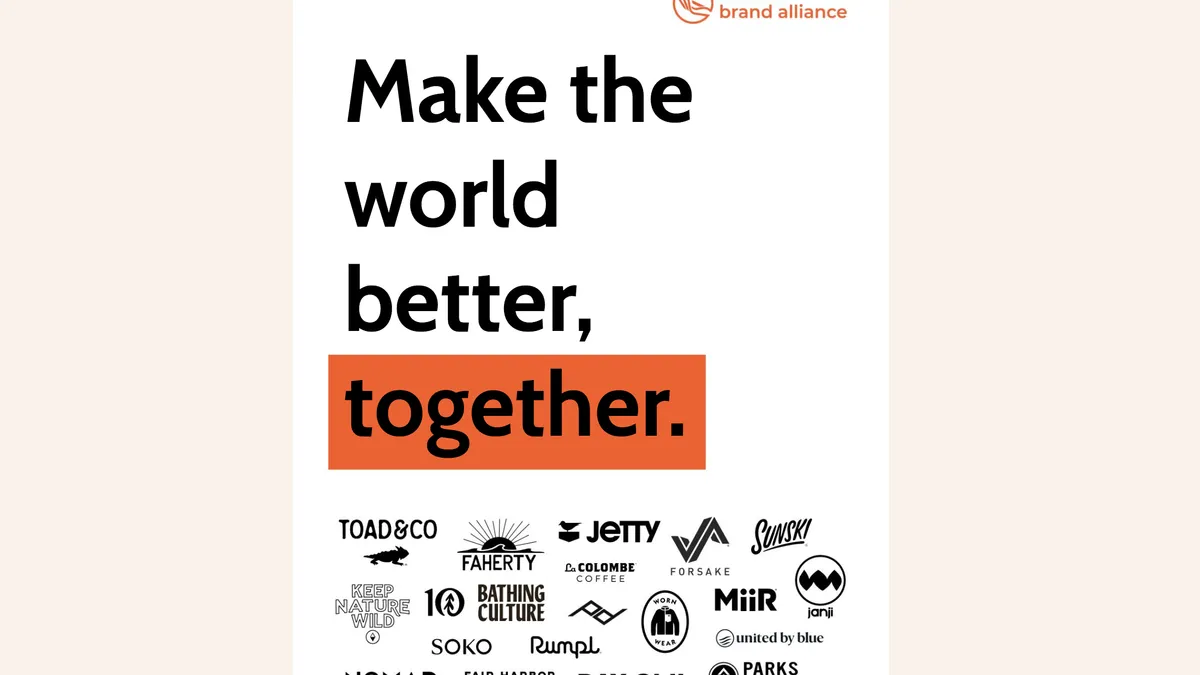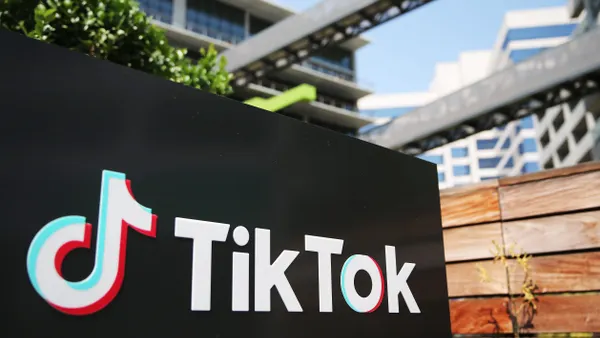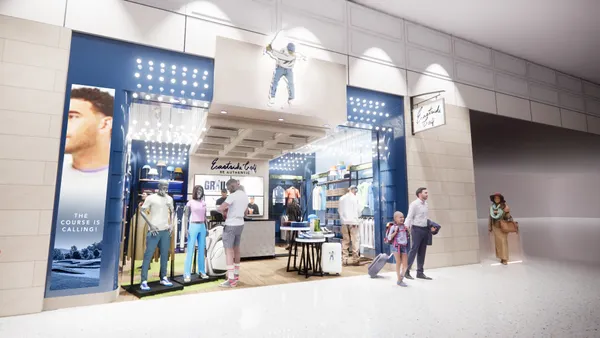Tackling a global health crisis has looked different for different retailers. For United by Blue, an outdoor brand that sells through its own site as well as retail partners, it looked like holds on order shipments, followed by cancellations on those orders. It proved a tough position to effectively run a business.
Mike Cangi, co-founder of United by Blue, said the company swiftly noticed that its peers were also struggling in the immediate aftermath of the pandemic, and thought there may be a solution in them all banding together. The result was a joint sales event between some 15 to 20 mission driven brands in April, dubbed "I Stand With Small," in an effort to drive traffic — and hopefully sales — to each other's businesses.
"It was really just a joint marketing and sales tool for us to help get through what was a really tough time with a lot of uncertainty in April of this year," Cangi said. "And it was really successful."
For the brands, it did what it was supposed to do: give them a lift at a much-needed time. But for consumers, it was also a plus, by introducing them to new brands that held similar values to the ones they already bought from, according to Cangi. After the initial sale's success, the companies started talking about working together again, and thus, the effort was renamed the Mission Brand Alliance and a website launched to showcase the brands in July.
"The concept of these companies and what ties all of us was a lot deeper than just small business and a lot longer term than just COVID," Cangi said. "Really, it was this shared connection that we all had for both capitalism and social or environmental justice and these brands all have missions that were baked into their DNA."
Hoping to capitalize on those shared traits again, the group of brands launched a holiday catalog and digital campaign Monday. The catalog gave each company two pages to talk about their mission and display their products, and was shipped to 250,000 of the best customers across all brands (about 10,000 to 15,000 of each brand's best customers) — all in the hopes of driving traffic to the collective.
Staying rooted in authenticity
Brian Linton, CEO and founder of United by Blue, described the effort as a "gateway" to introduce consumers to more mission-driven brands. The Mission Brand Alliance website does not function as a marketplace — customers still need to go to an individual company's site to purchase any items — but more as a resource. By sending out the catalog and having all the brands post about the alliance via email and social media, Linton is hoping to drive "millions of eyeballs" back to the alliance's brands.
"The philosophy around this entire thing is really collaboration over competition," Cangi said, adding that the alliance involves pushing customers to competitors' sites. "At the end of the day, we know that none of our customers are going to fill their entire closet with United by Blue products, but if they are going to buy additional clothing or bags or accessories or whatever it may be, we'd rather them buy from a mission brand, as opposed to any other brand that's out there. Because these are the brands that we need to survive, not just COVID, but long term. This needs to become the future economy in our opinion."
Creating a coalition of mission-driven brands requires, of course, finding mission-driven brands. As a mission-driven company itself, United by Blue initially sought out companies that it already had connections with and knew personally were doing good, Linton said. On top of that, though, businesses were evaluated based on a set of qualifiers and presence in social good organizations.
Those included environmental action, fair trade or fair labor practices, inclusive sizing, life cycle loop, plastic-free options or plastic upcycling, responsible manufacturing, sustainable product materials, sustainable shipping practices, and participation in organizations like 1% for the Planet, Certified B Corporation, Climate Neutral Certified and The Conservation Alliance.
The resulting list of companies ranges from Patagonia's Worn Wear business to Fair Harbor, Sunski and La Colombe. As it grows, Linton said the alliance will build out more checks and balances to make sure brands that join are upholding the missions they claim to be. If brands aren't authentically doing good, it risks harming the others represented in the coalition, Cangi added.
"If we're going to send a catalog to our best customers that's promoting effectively all these other brands that we are saying we stand behind as well, all of the brands that are involved want to make sure that the others are truly genuine and are walking the walk," Cangi said. As the alliance grows, Cangi is hoping having a solid group of brands to start will allow for "collectively sniffing out any pretenders."
A future for the 'greater good'
In an ideal world, the brands in the alliance all add value to each other and to consumers looking for more mission-driven companies by providing them with other brands they can trust. In order to do that, the Mission Brand Alliance website — and the catalog that was just released — focus on storytelling.
While not there yet, the shared website will soon have editorial content for each brand and a comprehensive profile detailing why it's in the Mission Brand Alliance, among other things. Linton thinks of the alliance going forward as a "marketing arm for the mission brand economy" that can be used for relevant announcements from member brands in addition to joint marketing campaigns.
It's also part of the reason that the group of brands decided to release a catalog. It wasn't an easy decision, given the environmental impact of catalogs, but the brands saw the format as an "elevated directory" of sorts to help potential customers understand what each brand is about, in addition to what products they offer, Cangi said. In order to lessen the environmental impact, the catalog is Climate Neutral Certified — the company will offset emissions from producing it and mailing it — and it was made on Forest Stewardship Council certified paper.
"It's the best form for us to convey that to the masses that we've been able to find, and I'm excited for the catalog to hit and for us to understand the results of it because I think there's an opportunity long term for this to make a lot of sense as a way to spread the message," Cangi said.
In the new year, Cangi is hoping the alliance will also go beyond purely marketing and discovery and work to share learnings from a business standpoint more generally. He highlighted Patagonia as a company that a lot of brands in the alliance could learn from, and noted that brands could also share insights in other ways, for example, through helping a member brand test a new marketing channel.
While the alliance is focused on growth, there's no set number of brands the group one day hopes to have, and all those that join in the future will have to offer "some kind of equal exchange of value" to the rest of the group, according to Cangi.
"It's going to be really, how do we have the best mission brands in the world working together for a greater good?" Linton said.
Both Linton and Cangi see opportunity in expanding out of the current narrow focus of the alliance going forward, and making sure the group of brands is diverse in other ways.
"I think there's more opportunity to have BIPOC-owned brands in the mix here," Cangi said. "I think there's a lot of different industries — we're heavy in apparel and accessories right now, again, because that's the industry that we are in, but we do have some coffee and some other items in there — and I think that from an industry standpoint, this can grow as well."














